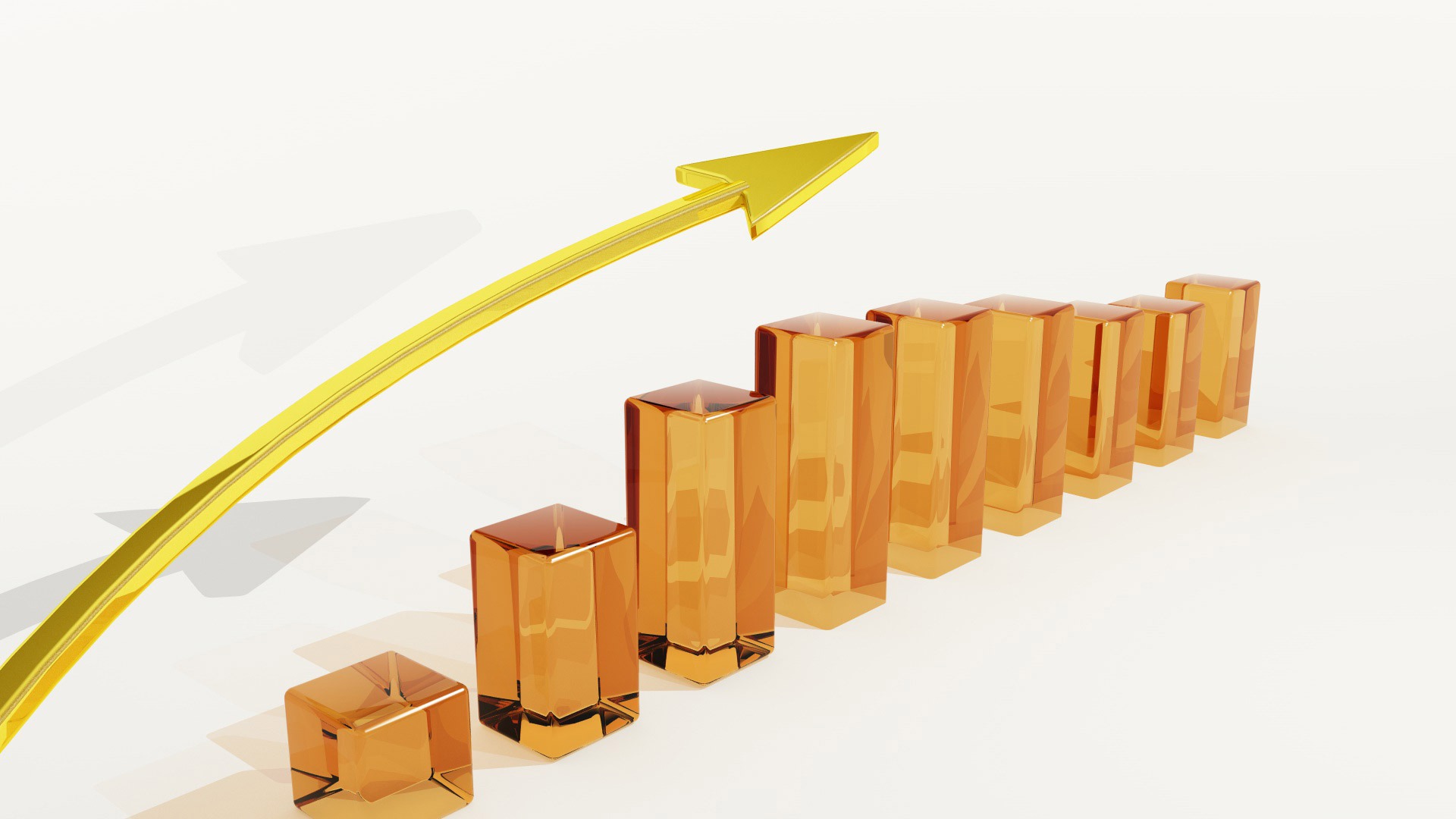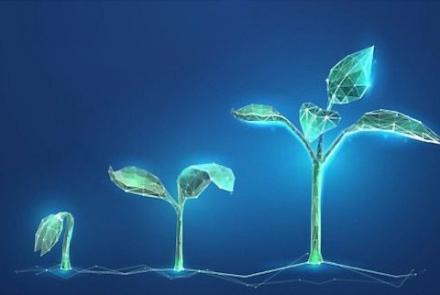Increasing National Added Value
Let's start with the famous economics professor Steve Hanke's sentence "90% of what is said in an economic debate is either false or irrelevant".
Value added is the balance remaining when we subtract the cost from the selling price of a product. This balance - ie value added - is divided among those waiting, tax (government), profit (partners), interest (banks), rent (service providers), wages (employees).
If the sale is made abroad, that is, export, the concept of added value turns into a more important concept: National Value Added. It is important because as the National Value Added increases, our national income also increases. Therefore, our most important goal as a country should be to increase the national added value. Our 2023 target should be based not only on gross turnover but also on national added value. In other words, we should focus on the values we create and produce ourselves. We should focus on creating alternatives for the products we import as much as possible, that is, reducing imports and increasing domestic production and exporting domestic production.

So how can we increase the added value?
Leaving aside mandatory taxes such as SCT, the higher the ratio between the cost and the selling price, the higher the added value. This ratio naturally rises in two ways: either by reducing costs or by increasing the selling price.
How do costs decrease?
By basic logic, if efficiency increases, costs decrease. Then our keyword is efficiency. When we look at how productivity is in Turkey, our scorecard is bad. The average efficiency is around 40% both in the service sector and in our factories. The main reason is that we do not care about engineering, planning and most importantly the system. We are a country that works inefficiently and has accepted this. So how come our costs are so low even though we are working inefficiently? Because we are trying to balance our costs with cheap labor.
So how is productivity in the world?
The main goal of Industry 4.0, led by Germany, is to reduce costs by increasing efficiency. If we make it concrete; almost zeroing labor costs with dark, that is, unmanned factories. Running the entire factory with robots in full automation for 24 hours without interruption. Creating early warning systems with strong planning and software, that is, solid engineering, and creating factories that work with efficiency up to 100%. They have set good examples of achieving this and are on their way to becoming even better.
Many countries that invest or export in our country aim to lower their production costs until the 2030s with their Industry 4.0 investments. This means that we, as a country, are about to lose our cost advantage, which has been our biggest advantage in terms of exports for years, even to European countries where labor force is expensive. If we do not count a few outstanding companies, we are far from industry 4.0. We can say that we are in Industry 2.5. We have an industry that is far from robotic technology, the majority of which has not yet been systematized. It's never too late for anything, but in our current mentality, it's too late for anything. As a country, we need a new perspective and vision.
Industry 4.0 should be better understood and internalized by both the state and private sector and our universities. Sectoral and active groups or industrial clusters should be established on what should be done in this regard, or the establishment activities should be accelerated. Ways to reduce costs by increasing efficiency, not by reducing costs, should be sought together. The importance of ERP, that is, the system, should be explained better and if possible, it should be made compulsory for all businesses.
How do we increase the selling price?
One of the simplest selling rules; If you sell a product as an unprocessed raw material, you can sell it for 1br, if you sell it as a processed product, for 2br, if you include design or high technology, you can sell it for 5br, if you can brand your product, you can sell it for 10br. These coefficients are purely exemplary. In reality, the coefficients are much higher than that.
One of my favorite examples of processed products and branding is the Italian hazelnut paste, which we all know and keep on our table, selling Turkish hazelnuts to the whole world by advertising "We produce the best hazelnut in the world". He can buy five liras of raw materials from us and sell them back to us for twenty liras.
We can cite SAP and MICROSOFT from our own industry as the most effective examples of value-added products. Considering that the annual update fee that Turkish companies pay to SAP is as much as our exports to RUSSIA, I think we can better understand the importance of added value. Of course, on the other hand, how such a great added value was created and the nationalism behind it is a tremendous success that should be examined and taken as an example for both the state and the private sector.
Of course, it is good to export Hazelnuts to Italy, Tomatoes to Russia, to increase tourism revenues and to be one of the largest contract manufacturers in textiles, but it is impossible to reach the 2023 targets with this type of export structure or to remain in the G20 ten years later. We are the country with the lowest production and export of high technology in the G20. According to the latest data, 2.6% of our total exports. In this way, we need to know that we need to attach importance to innovation, technology, R&D, system, engineering and branding in order to stay in the race. We should not forget that we are as strong as the size of our national added value.

Sakıp Sabancı, one of the most important values Turkey has cultivated, summarizes the issue of added value as follows;
“It is getting harder and harder to achieve success day by day. In my father's time, stuffing cotton into a sack and packing more cotton into a sack during the day was a success. It was considered a greater success to carry the cotton that was collected from the field and pressed into the sacks to the foreign ship and sell it at the quay. Then someone separated the core from the cotton with a simple machine (the cotton gin). They were called fabricators. Being a fabricator was considered a great achievement. Another one passed the separated seed between two presses and extracted the oil. He became a successful oil manufacturer. Then, the one who made the cotton yarn was considered successful, and the one who weaved the cloth from the yarn was considered successful. The one who sent the cloth to Italy and dyed it was deemed successful, and the one who managed to dye the cloth dyed in Italy in Turkey received a medal. Today, these are still being done in underdeveloped countries. Today, these are not considered world-class achievements. Worldwide success is not about weaving the best fabric. It's not about making the best clothes out of the best fabric, either. Success is creating a very high added value by transforming the best fabric into clothes according to the best drawing and attaching a brand to it. To wrestle with this brand of clothing in the world market… Now the measure of success is world measure.”
Finally, it should be noted that trade is very much linked to foreign policy. It becomes almost impossible for you to establish a commercial relationship with a country where your political relations have been severed. Therefore, there is always a need for a more grounded and peaceful foreign policy. The principle of “Peace at home, peace in the world” is a principle we need in every situation.
Erkan Ahtagil
Genel Müdür
PRODA Araştırma Geliştirme ve Yazılım Ltd. Şti.







